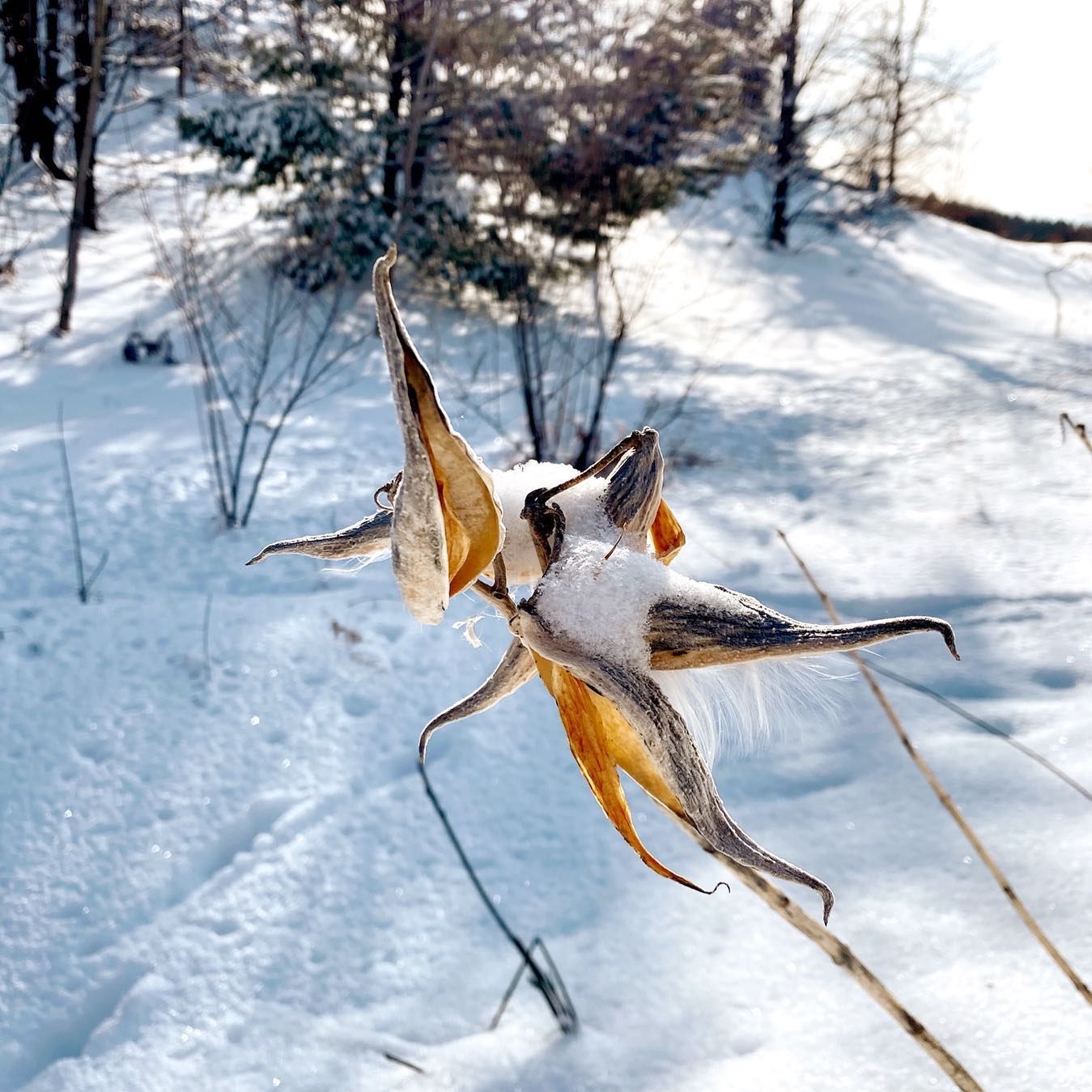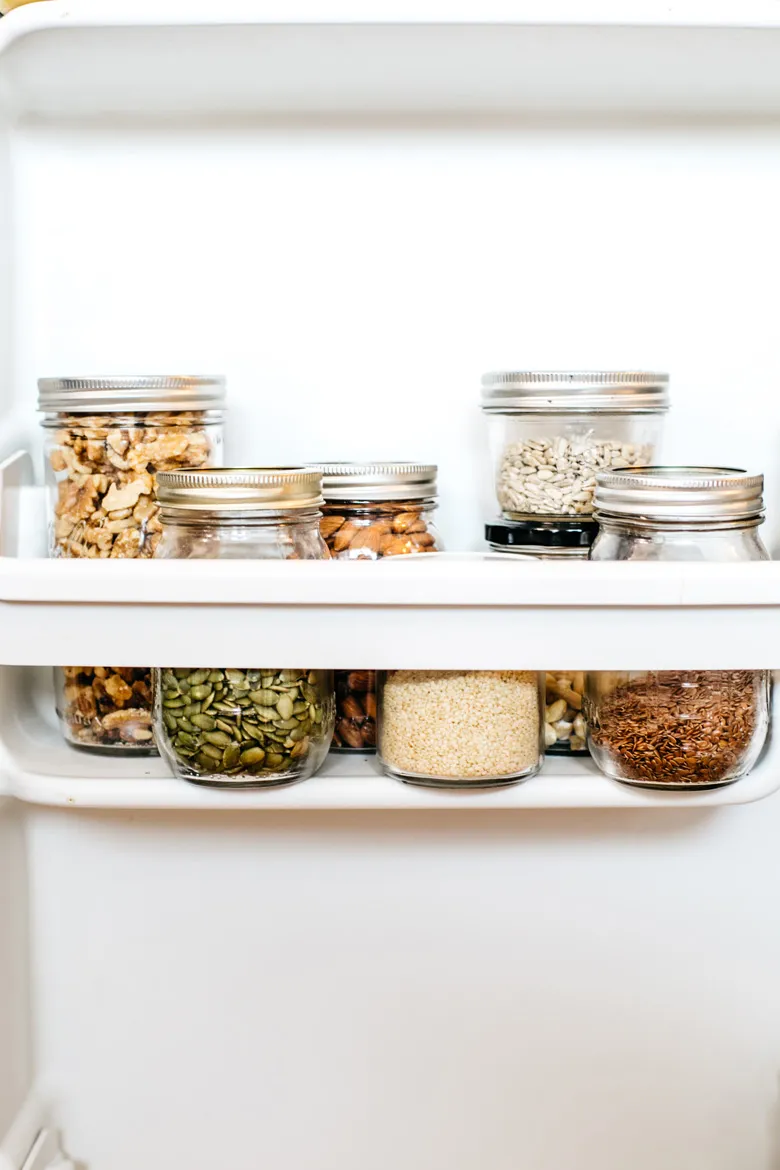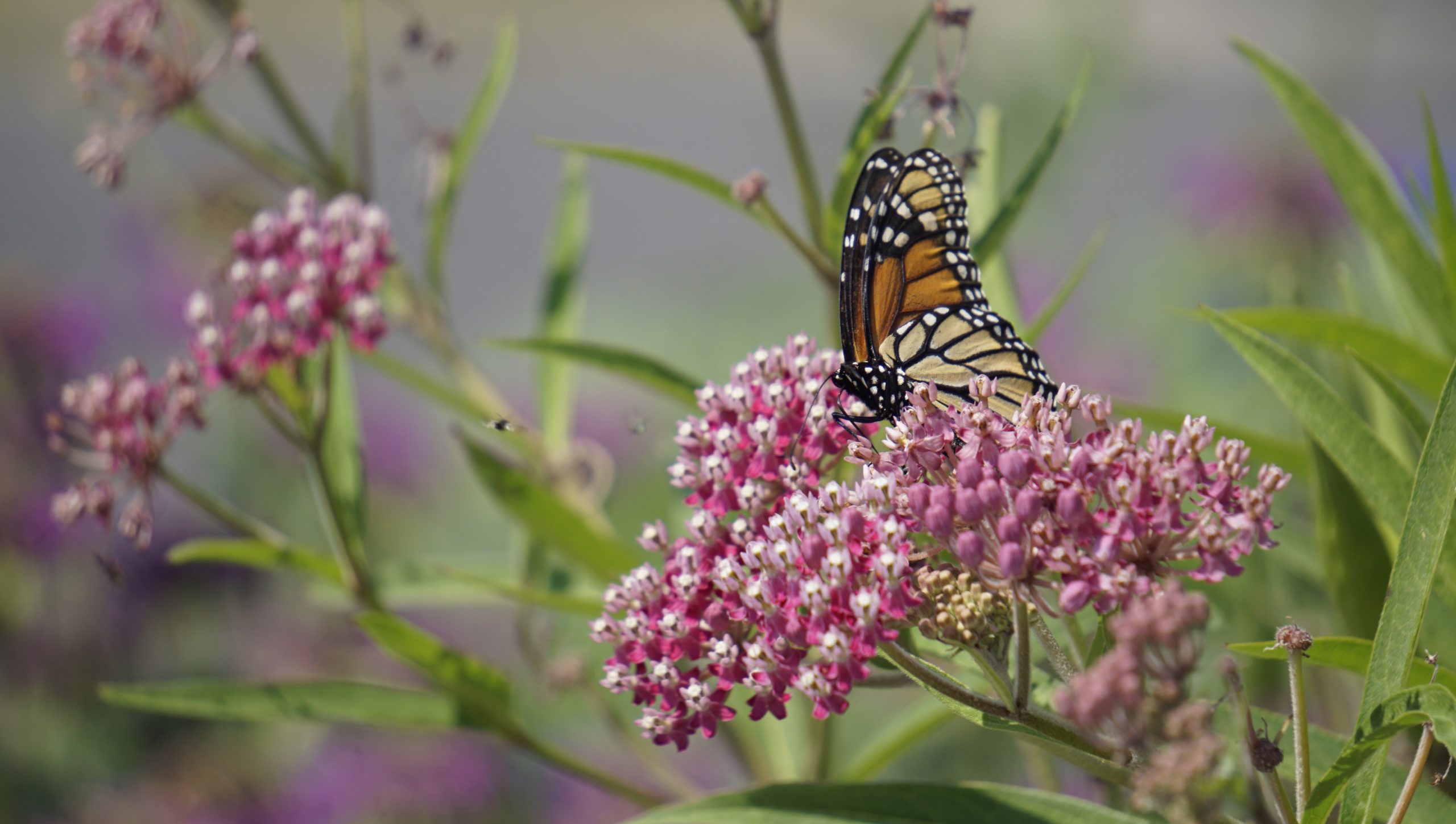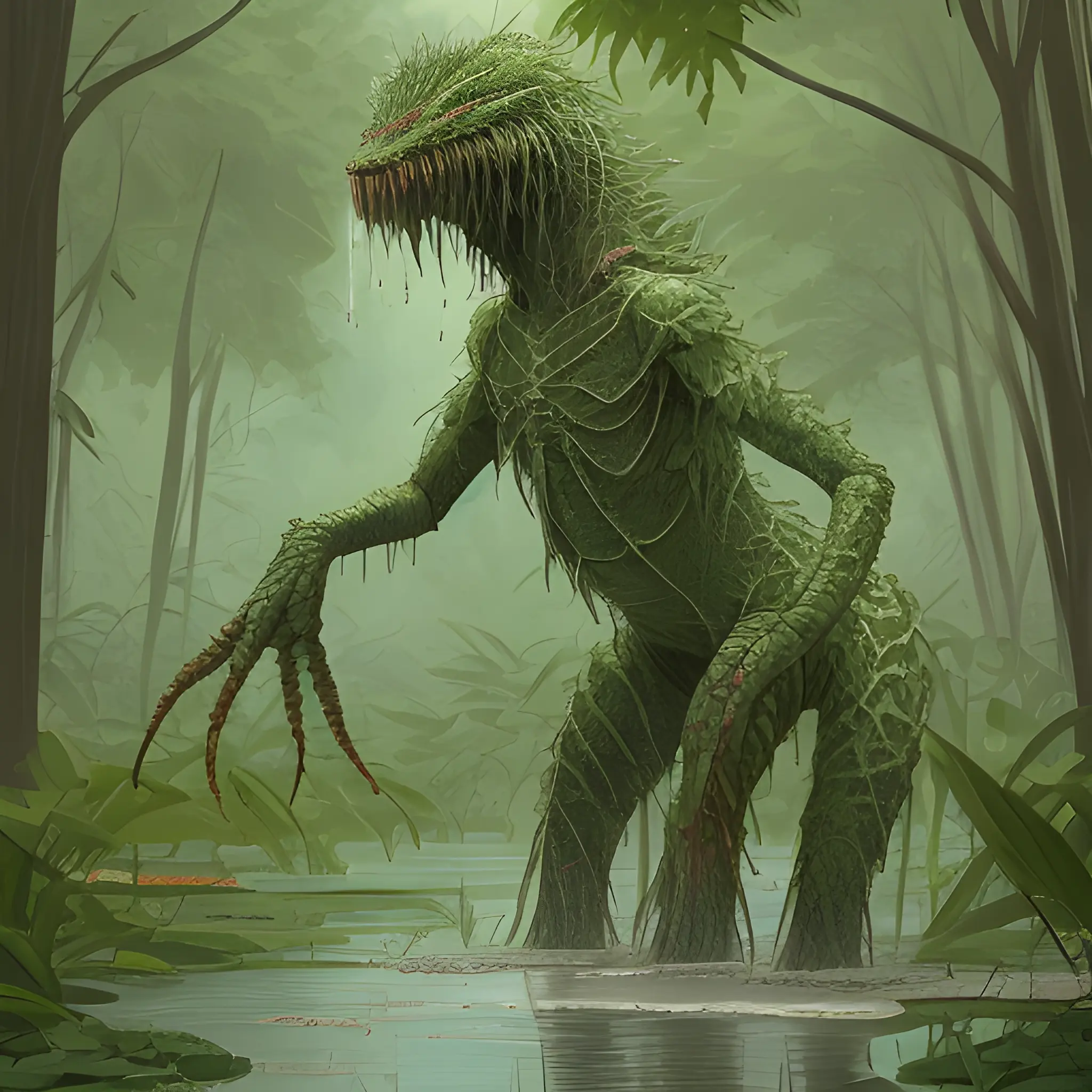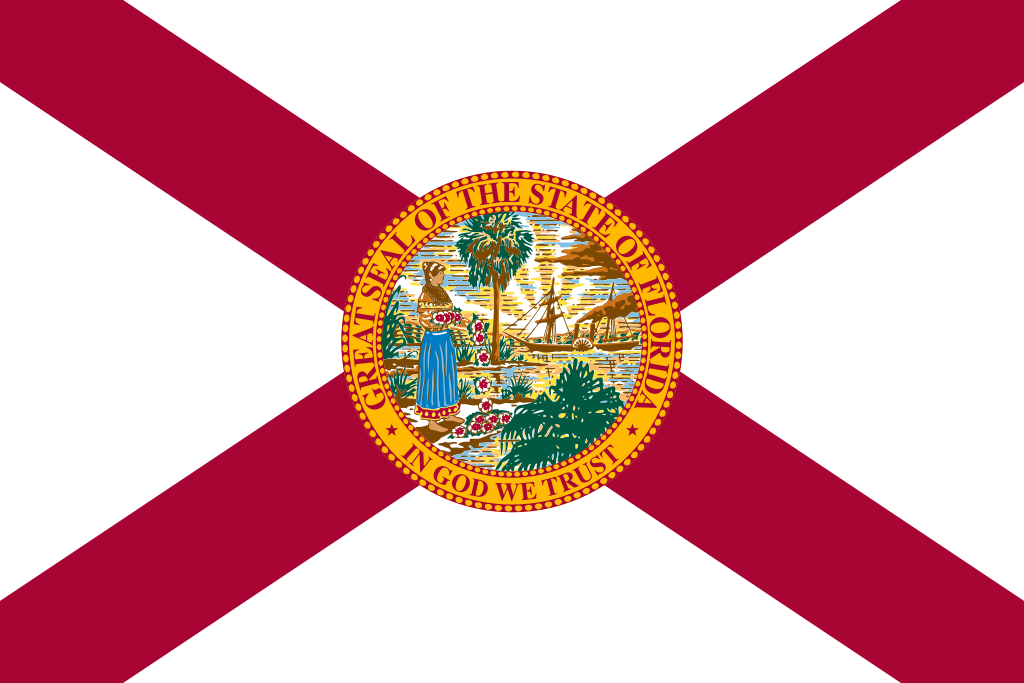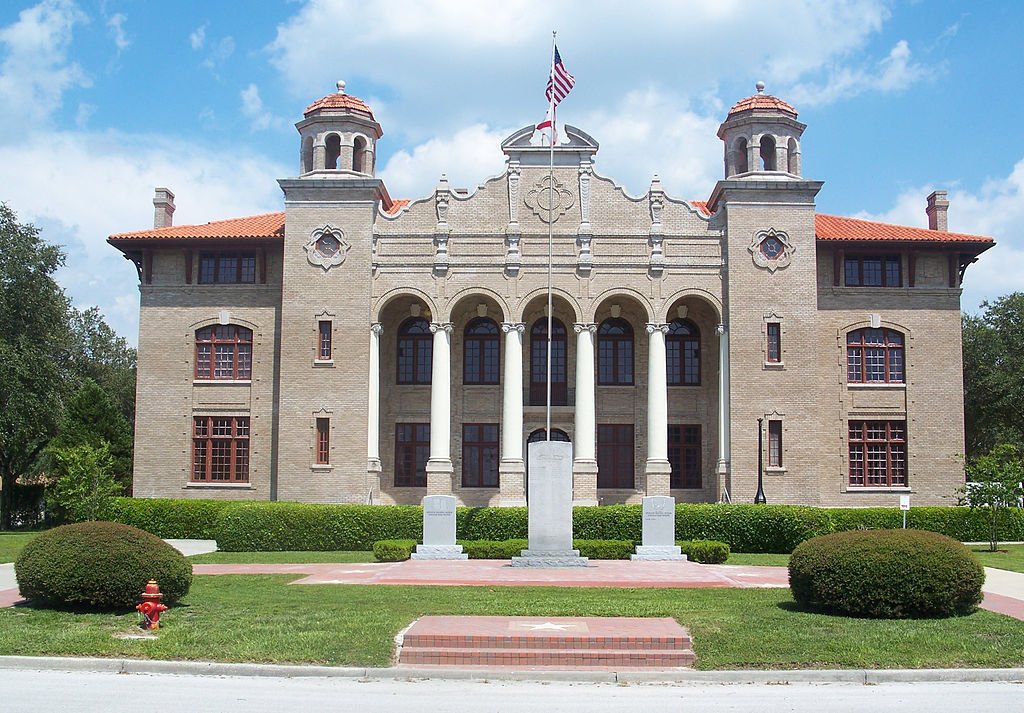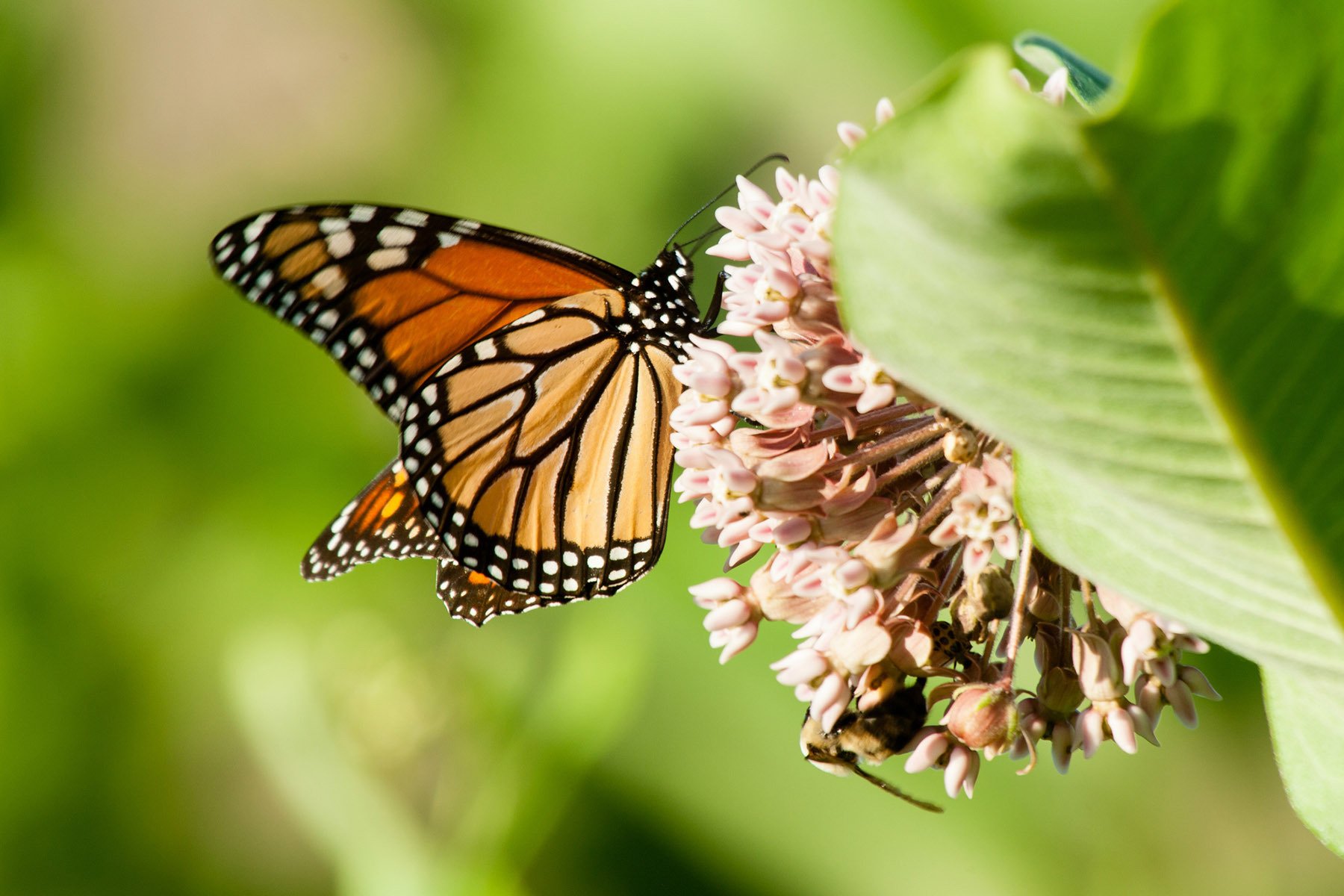Cold stratification is a process that helps break seed dormancy by subjecting seeds to a period of cold and moist conditions, mimicking the natural winter conditions they would experience in their native habitats.
Larval Host Plants
Vascular plants that are required by the larva of Butterflies (Papilionoidea)
Do I Need to “Cold Stratify” Seeds in USDA Zone 9?
In USDA Zone 9, where winters tend to be mild, cold stratification may not be necessary for all plant species. Cold stratification helps break seed dormancy and promotes more reliable and consistent germination.
How Can I Germinate Swamp Milkweed (Asclepias incarnata)?
By planting Swamp Milkweed, you will attract butterflies, including Monarch butterflies, and provide a habitat for their caterpillars… one day at a time!
What Are Some Butterflies Native to the Caribbean?
The Caribbean Islands bioregion, located in the Neotropical Realm, incorporates all 700 of the islands and islets of the Caribbean Sea, with the exception of Aruba, Curaçao, and other small islands just off the coast of Venezuela. It is home to various species of butterflies. Some of the butterflies native to the Caribbean include: […]
Can A Plant With a Name Like “Swamp Milkweed” Be Any Good?
While the name “Swamp Milkweed” may evoke images of wetlands and moisture, it is important to note that this plant is highly adaptable and can thrive in various growing conditions.
Complete List of Florida Native Milkweed
There are 18 native species of Milkweed (Asclepias) in Florida
What are the Native Milkweed Species for Sumter County, Florida?
Sumter County Florida has eight Milkweed species recognized as native. Here is the list of Sumter County Milkweeds.
The Special Connection Between Monarch Butterflies and Milkweed Plants
Did you know that Monarch Butterflies must lay their eggs on Milkweed plants?
